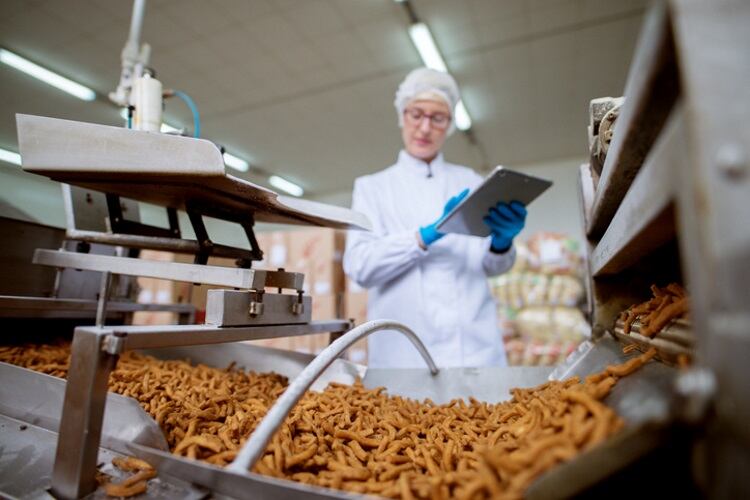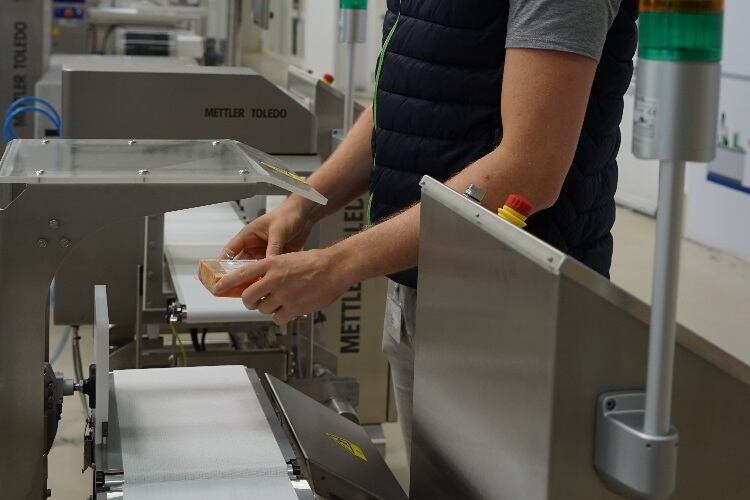
In simple terms, TCO takes into consideration the purchase price of a piece of equipment, as well as the operational costs it incurs over time. It is often used in procurement analysis when preparing business cases to secure additional capital expenditure to update food production lines, as it focuses on all costs directly related to the piece of equipment itself.
However, packaged food manufacturers are increasingly considering another metric to measure the overall productivity and effectiveness of their production lines: Total Delivered Cost (TDC).
What is the difference?
TDC looks into the total cost of manufacturing and delivering a product, including those directly related to the piece of equipment; operational costs such as the physical product, packaging, labour for production; and quality checks, waste product, waste packaging and transport.
However, it should be noted that as TDC takes into account operational costs, the metric can easily be affected by common issues on production lines, such as product rejects, having to change product set-ups manually, contaminants and downtime for maintenance purposes. While TDC is a more comprehensive metric for manufacturers to measure their overall productivity, it also means their production lines need to be running at capacity and smoothly, with minimum hiccups and issues to keep their TDCs in check.
Two types of product inspection technology – x-ray inspection and metal detection – can help manufacturers reduce TDC, by reducing unnecessary product waste and enabling the re-working of product and packaging.
Minimise false reject rates
The cost implications of high False Reject Rates (FRR) can be daunting, as each product rejected leads to avoidable re-testing and production line re-working costs.
For example, a client of ours, a snack producer – using an old x-ray machine that executed a small set of inspection algorithms – reported the system was generating at least four false rejects per hour, equating to approximately seven per 10,000 packs. In addition, a quality assurance employee spent valuable time investigating and documenting the results of each false reject event – adding more unnecessary costs to production over time.
Fortunately, current advanced x-ray inspection software uses a larger number of algorithms than older systems, which individually check for product anomalies over a smaller range, thereby increasing inspection accuracy and allowing for natural package variations without increasing FRR – and ultimately, of course, TDC.
Reduce frequent testing
A critical factor of accurate metal detection on production lines is sensitivity, that is, the measure of a metal detector’s ability to identify a specific type and size of contaminant, either be it ferrous, non-ferrous or stainless steel.
To ensure the highest levels of safety are maintained, manufacturers need to carry out regular sensitivity checks, which can affect the availability and productivity of the production line productivity.
Typical snack producers often need to test the sensitivity levels every two hours, which include stopping the line to test equipment.
The latest metal detection equipment, which incorporates Reduced Test (RT) Mode technology, can reduce the frequency of tests by as much as 80%. The technology also ensures the system is continuously operating at a higher sensitivity than required to detect contaminants.
In some cases, we noticed RT helped manufacturers reduce testing from two hours to every six hours, requiring only two tests per 12-hour shift.
Furthermore
The latest checkweighing and vision inspection devices using technical innovations such as feedback loops and enhanced automated vision technology can also help reduce TDC. This is achieved by providing a precise level of weighing accuracy at high production speeds and removing the need for manual visual checks of product labelling ensuring that labour costs are reduced plus improving overall quality and consistency.
Mettler-Toledo offers a free download of its e-guide on ‘Reducing Total Delivered Cost: A Guide for Packaged Food Manufacturers’.




